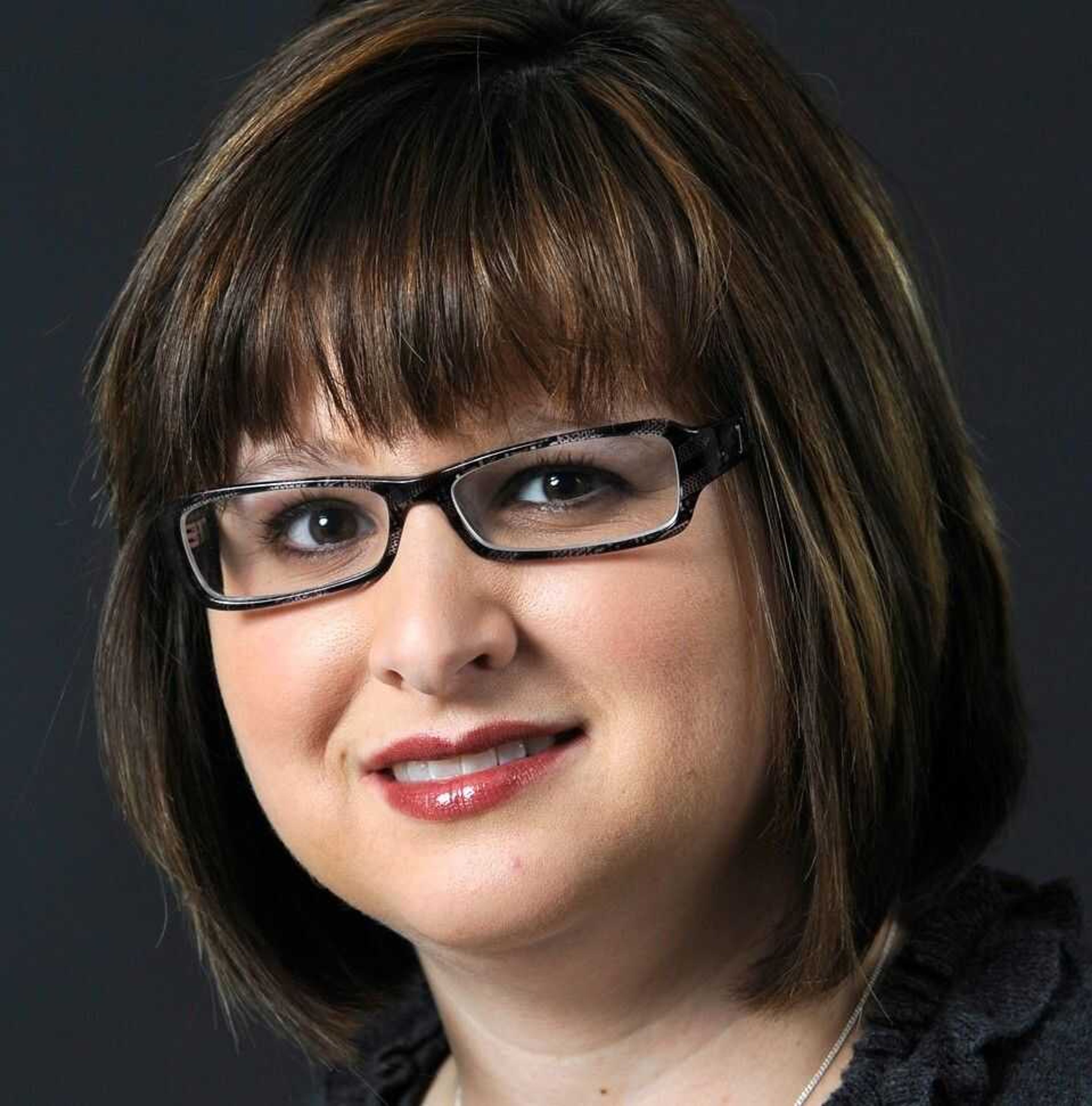Study: SEMO students spend more than $60 million locally
Students at Southeast Missouri State University are spending more than $63 million locally, according to a new study released Friday by the university. Researchers, including professors and students at Southeast, looked at spending in 48 categories from rent to tattoos during the fall of 2011...
Students at Southeast Missouri State University are spending more than $63.6 million annually at local businesses, according to a new study released Friday by the university.
Adding the money spent by family members when they visit Cape Girardeau brings the total to almost $64.7 million being pumped into Cape Girardeau's economy.
Researchers, including professors and students at Southeast, looked at spending in 48 categories from rent to tattoos during the fall of 2011.
The results were presented at the Cape Girardeau Area Chamber of Commerce's First Friday Coffee by Dr. John Cherry, Southeast professor of marketing; Dr. Bruce Domazlicky, Southeast professor of economics and director of the Center for Economic and Business Research; and Sabrina Lovelace, a senior Southeast marketing major. Dr. Judy Wiles, chairwoman of the Department of Management and Marketing, and professor of marketing, assisted with the study.
"This information you have in front of you is very useful to look at opening business, or looking at student demographics and try to reach out to them because we are a big part of Cape," Lovelace said.
Student expenses do not include on-campus spending for things like tuition, books or room and board.
When spending by the university for its day-to-day operations, totaling about $20.6 million, and spending by its employees, totaling $32.7 million, are added in, the combined impact was nearly $148 million for the 2011-2012 school year, the study says.
"We believe these numbers are reliable and valuable," Cherry said.
The student expenditure portion of the project was a replication of a similar study done by Wiles in 2003. It included 80 questions and was completed by 252 students.
The sample was then used to estimate the spending of the university's approximately 11,700 enrolled students.
The top spending category was groceries, at $10.8 million during the nine-month school year. Rent and gas were tied for second at $7 million. Students spent $6.4 million on dining out; clothing expenses were estimated at $2.2 million; and cellphones $3.5 million. The study has two categories for alcohol -- one for drinks bought in restaurants, bars or nightclubs and one for store-bought liquor -- which were at $1.3 million and $948,431, respectively.
Students spent $173,000 on nail care, $110,000 on tanning, $90,400 on tattoos and piercings, and $87,000 at day spas.
Habits have changed since the 2003 study, Lovelace said, with students spending less now on tobacco products and tanning than before and more on cellphones, computers, cable and Internet.
"It shows how we as students are going more into a technology age. We are more into our cellphones and Internet than other sources of entertainment or media," Lovelace said.
More Southeast students are also renting off-campus housing, the study showed. In 2011, 42 percent of students paid $7.07 million in rent, up considerably from 2003 when only 26 percent of students rented, paying $3 million in rent.
The university itself is spending money with vendors throughout a 24-county region by purchasing educational and office supplies, equipment, advertising, printing and more. According to the study, the university has a direct spending output of $14.9 million and when indirect and induced spending effects are considered, the total impact is $20.6 million.
When it comes to university spending, Domazlicky said each dollar Southeast is spending is generating another 70 cents of economic activity.
In the 2011-2012 school year, the university also had a direct output of $7.4 million in construction spending, for a total indirect and induced impact of $11.2 million from construction alone.
The study also looked at the "human capital effect" Southeast produces, by increasing the productivity of local workers through educational attainment.
"Southeast is in the business of providing education services to improve the productivity of our workforce," Domazlicky said. "The more productive you are, the higher your income. When you put it all together you can see the tremendous impact the university has."
Southeast has 36,010 graduates who live in the 24-county region it serves and St. Louis, according to the study.
Individuals in Missouri with a bachelor's degree earned an average of $16,720 more per year than individuals with only a high school diploma or GEO, according to the U.S. Census Bureau in 2010.
Those graduates contribute $36 million to state income tax revenue, $205 million in retail sales and $8.65 million in state sales tax revenue, according to the study.
mmiller@semissourian.com
388-3646
Pertinent address:
One University Plaza, Cape Girardeau, Mo,
Student expenditures in key categories
Category 9-month total expenditure
Groceries $10.8 million
Rent $7 million
Gas $7 million
Dining Out $6.4 million
Car Payment $3.5 million
Clothing $2.2 million
Utilities $1.8 million
Alcoholic Beverages $1.3 million
Entertainment $1 million
Packaged liquor $948,550
Shoes $832,656
Tattoos, Piercing $90,431
Source: Southeast Missouri State University
Connect with the Southeast Missourian Newsroom:
For corrections to this story or other insights for the editor, click here. To submit a letter to the editor, click here. To learn about the Southeast Missourian’s AI Policy, click here.










